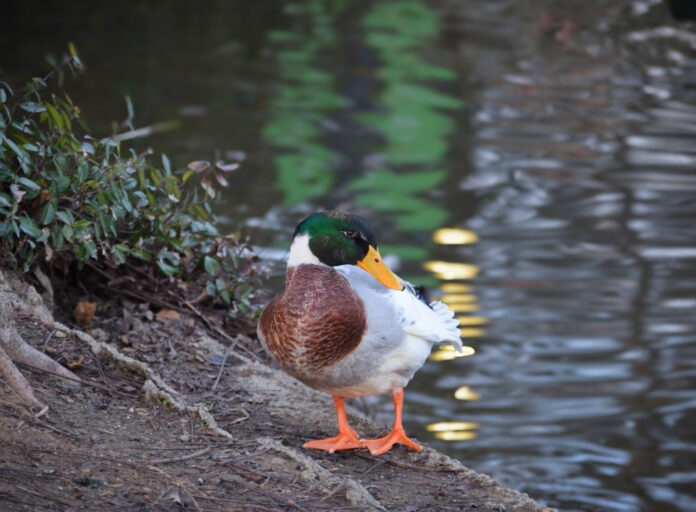The center captures data on bird flight dynamics and maneuvers
By KRYSZEL BACTAD — science@theaggie.org
UC Davis is establishing a new research facility to study bird flight and rehabilitation. The facility was brought to fruition by the main lead Christina Harvey, an assistant professor of mechanical and aerospace engineering at UC Davis, and Michelle Hawkins, the director of the California Raptor Center and a professor at the UC Davis School of Veterinary Medicine.
This new bird flight research facility aims to advance the understanding of biological flight to inform the development of uncrewed aerial vehicles (UAVs) and the conservation efforts of the Raptor Center.
The flight hall of the facility is equipped with infrared motion capture cameras and high-speed, high-resolution cameras to capture data on the flight dynamics and maneuvers of birds flying through the hall.
“What we can do is track [the birds] with the motion capture pieces, but also use the high-speed and the high-resolution imaging to create this complete 3D shape of the bird,” Harvey said. “We can build up models of how we think the animals are responding to their environments so we can build up a control system model.”
These models and data on bird flight act as a framework for the optimization of UAVs. This bioinformed approach seeks to explain how birds fly and how UAVs can be adjusted to emulate highly adaptable and maneuverable dynamics in complex environments.
“What we’re looking at is to identify the useful bits,” Harvey said. “And then with those useful bits, we’ll send the engineers in and they can write true optimization codes that optimize for an objective function.”
Hawkins said the bird flight hall is also a win for the Raptor Center, as the facility also doubles as a rehabilitation center for injured birds that come into the Raptor Center.
“We hope that the knowledge that we learn about healthy normal flight in some birds will help us to evaluate the flight of birds that are in rehabilitation so that we can be as confident as possible that they are ready to go when we’re ready to release them,” Hawkins said.
The imaging data from the flight facility would provide Hawkins and the Raptor Center with more insight on how healthy birds fly, from data on birds’ range of motion and joint movement to energy levels. This data set would provide a reference point for birds that have been rehabilitated to a healthy normal state.
“My goal is to watch these birds fly away from here and be successful going back out into their lives in the world, and any tool that I can add to that toolbox — that’s gonna help us to get those birds back [to the wild],” Hawkins said.
Current methods for evaluating the health and readiness of these birds rely mainly on expert opinion, so providing any type of quantifiable data would enhance the success of the Raptor Center’s conservation efforts.
Combining biology and engineering also opens doors to future developments in both conservation and engineering.
“There isn’t anything like creating that environment for people that just gives you a way to go from being a pure mathematician or physics engineer to someone that can contribute to conservation, can contribute to understanding the natural world around us,” Harvey said. “It feels bigger than what I thought engineering was when I started.”
Written by: Kryszel Bactad— science@theaggie.org





